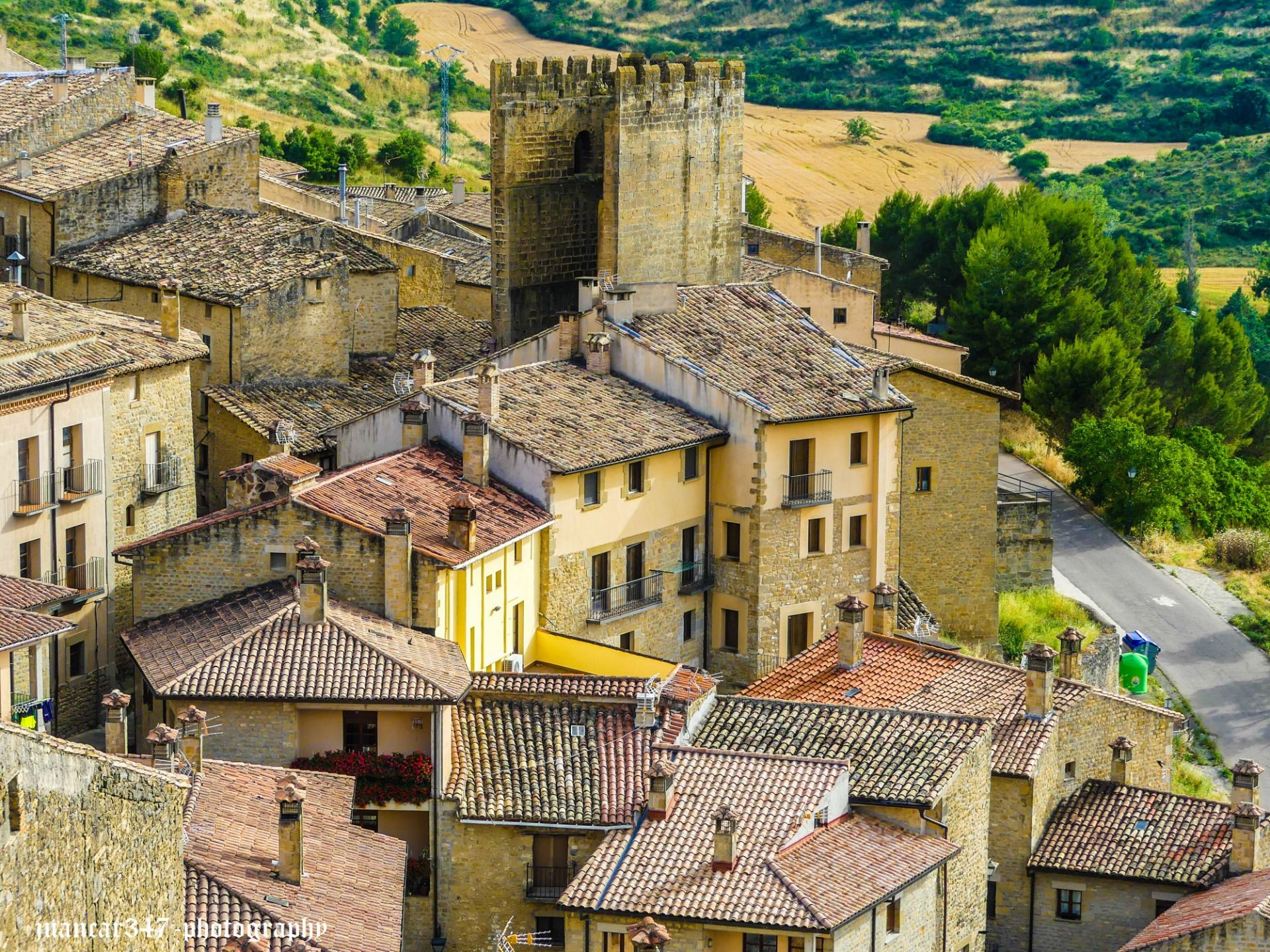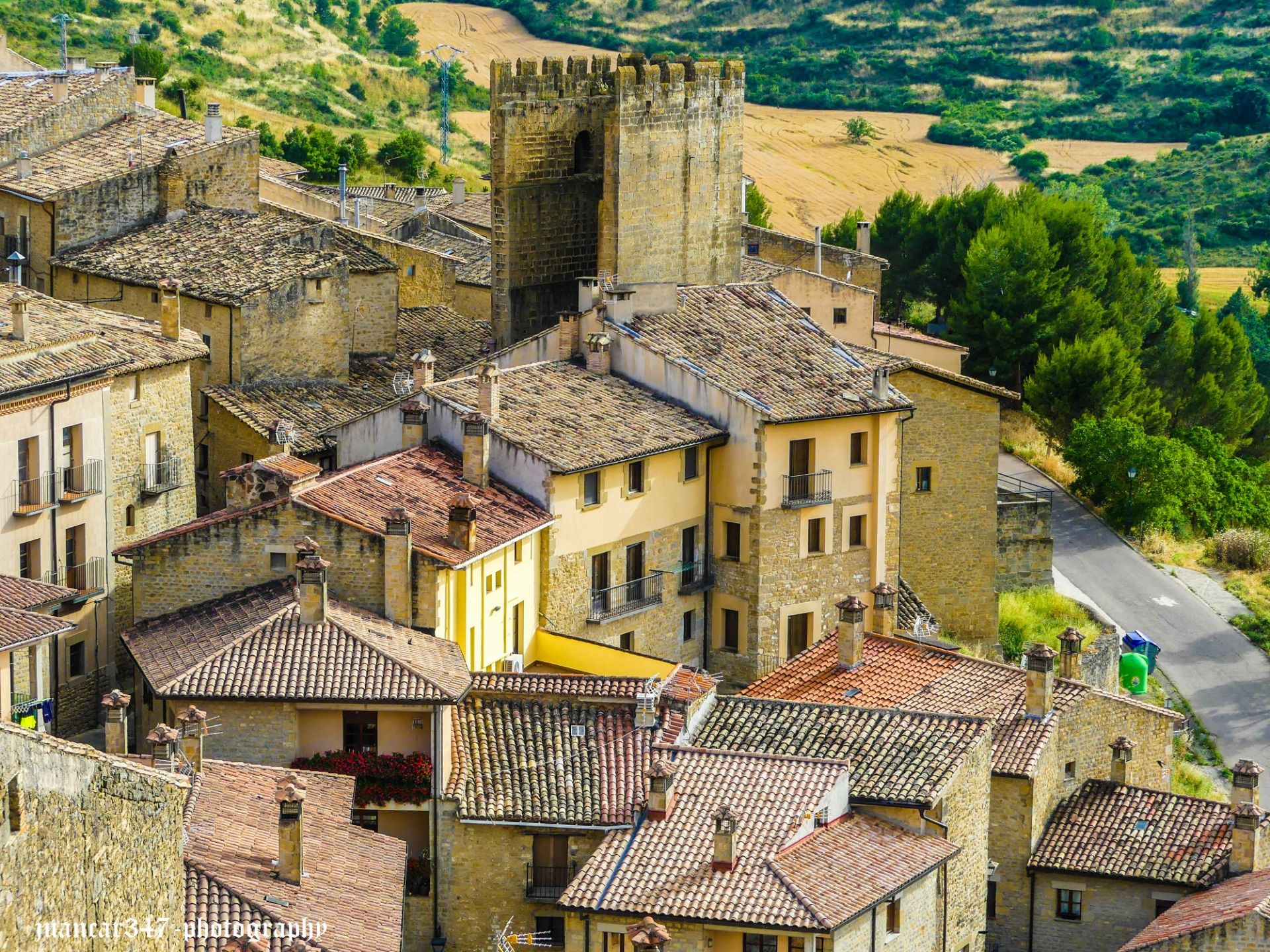
The adventure through this surprising Spain could not be complete without a tour of a very special geographical area of Aragon, whose name, Cinco Villas, preserves a multitude of evocations, which, without a doubt, take us back to those charismatic medieval times that left a mark, which, even after centuries, persists to delight the traveler.

The traveler knows this and sets out on the adventure with enthusiasm, because he is also aware that he is entering a territory of very special singularities, which, he hopes, will be an incentive for the adventure that his trip will entail.
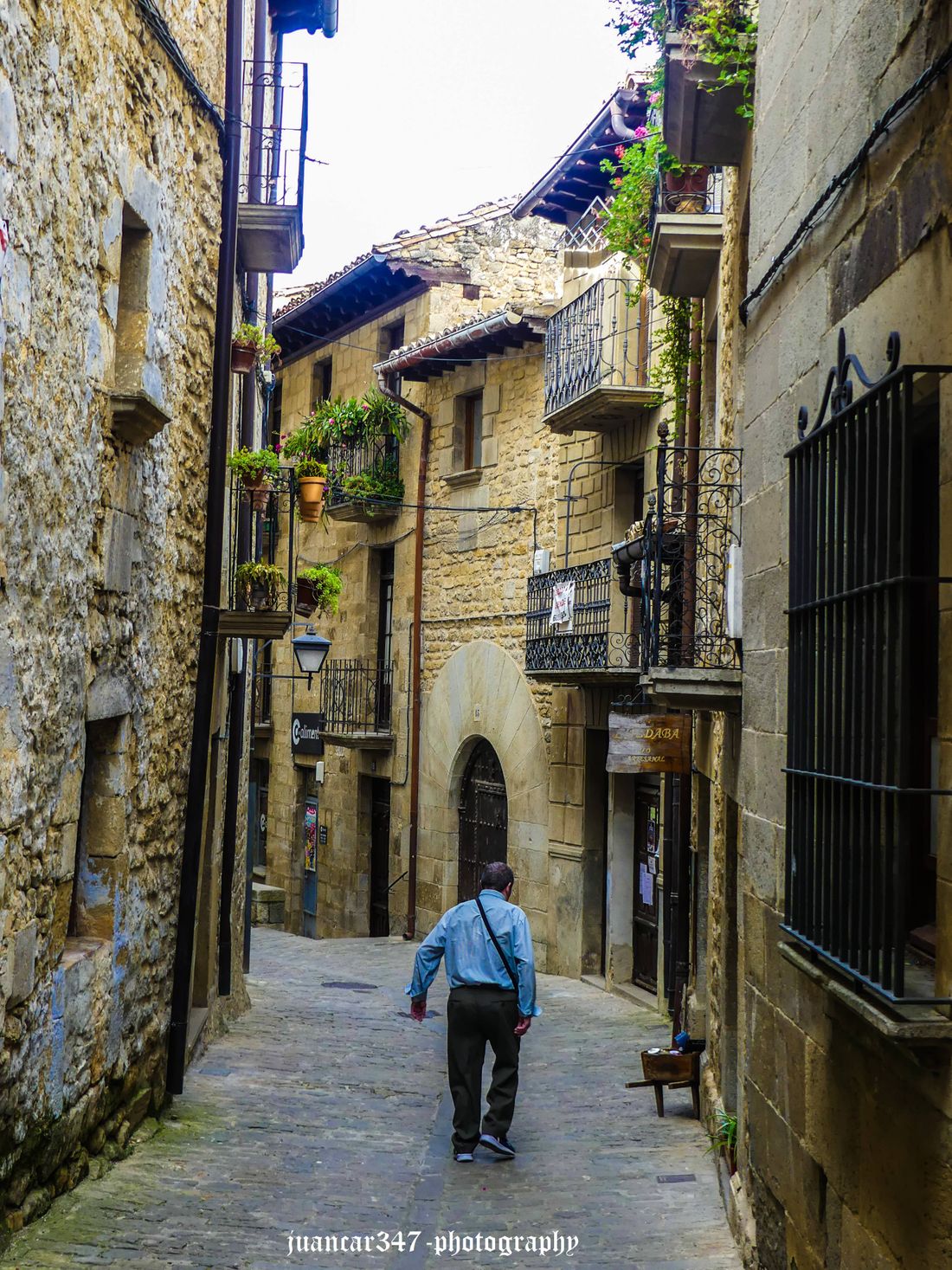
One of the most surprising capitals of these memorable Cinco Villas is a town whose strategic location makes it a magnificent base of operations, as well as a highly recommended place to get lost in its narrow medieval streets, which will at least give you the chance to enjoy a metaphorical journey through time that will not leave you indifferent: Sos del Rey Católico.
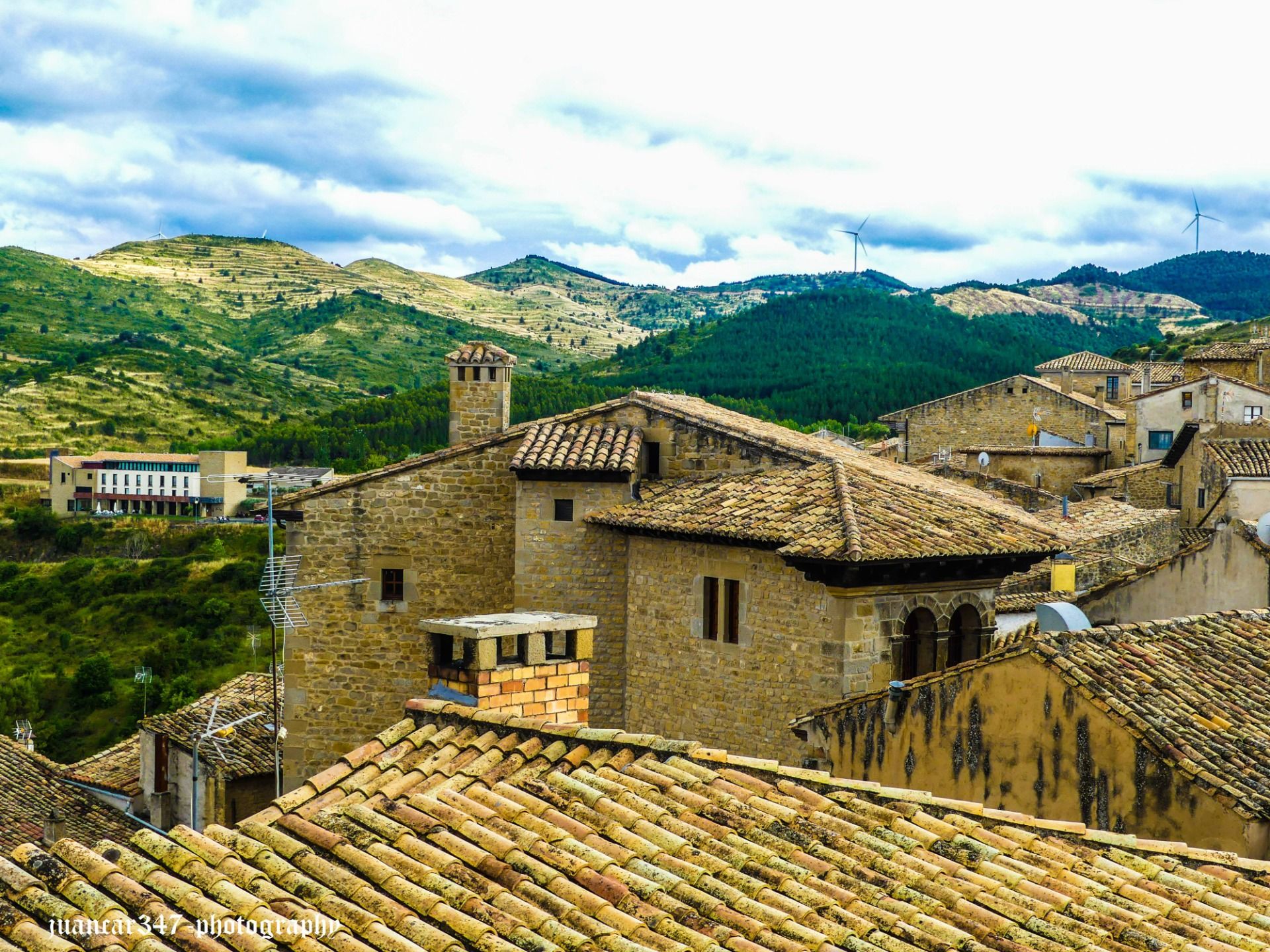
Located on the border with Navarre, Sos del Rey Católico is a short distance from places that are certainly interesting, such as the Sierra de Leire and its fantastic Romanesque monastery of Saint Salvador; and Sangüesa, another of the capitals of Romanesque architecture, which was especially prolific in this area, as is also demonstrated by the presence, on the outskirts of Carcastillo, of another fantastic monastery, which is considered the first building of the Cistercian Order in Spain: the Oliva monastery.
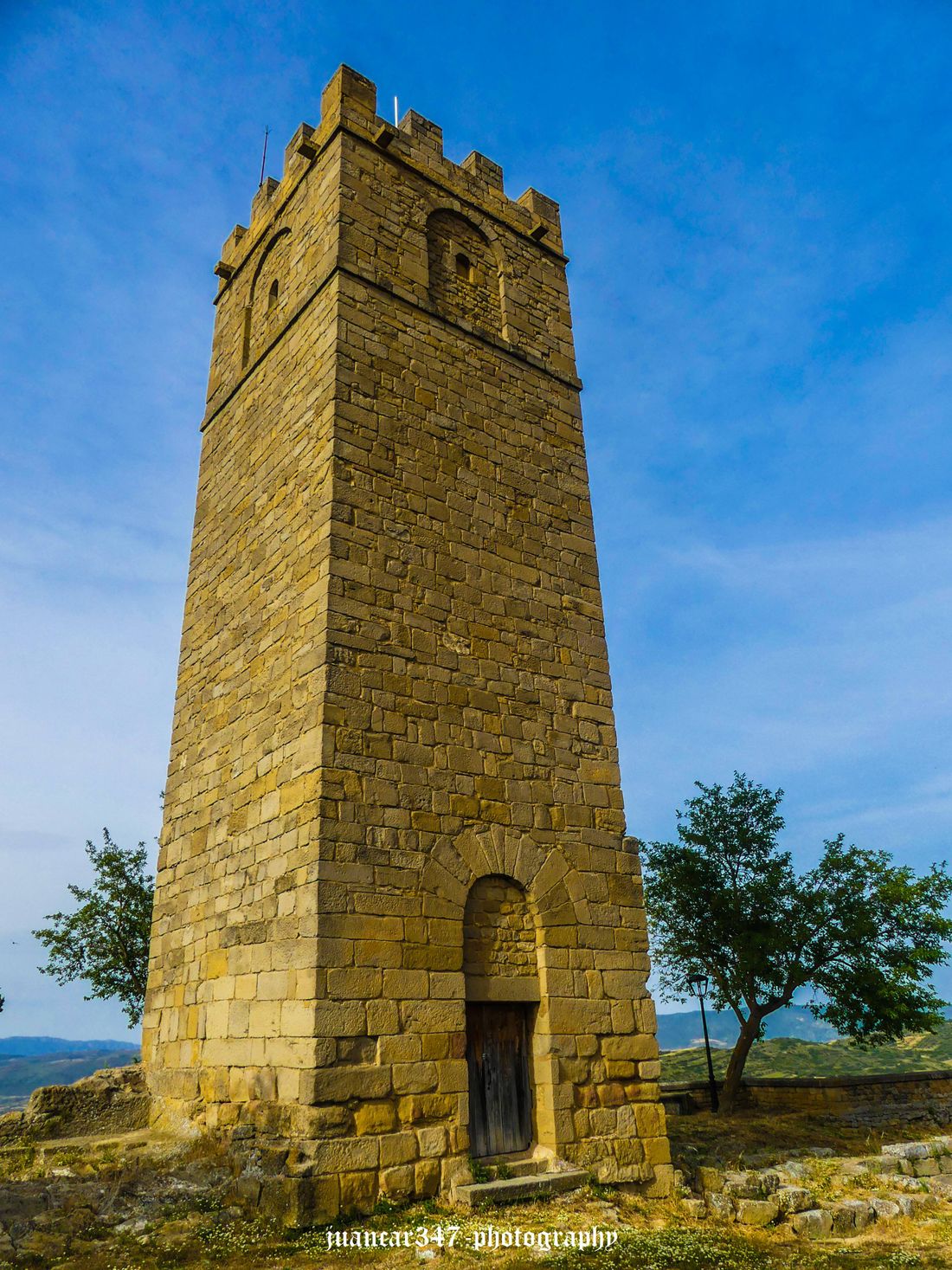
On the other hand, and also shared with Navarre, we have the proximity of the unique desert of the Bardenas Reales, popular not only for being a military practice area for the Spanish Air Force, but also for the mysterious presence of testimonies about unique sightings of lights and unknown aerial objects and sanctuaries of Marian apparitions, such as that of the Virgin of the Pine, located in the municipality of Arguedas, in an area marked by the edge of the desert and the beginning of the fertility of some mountains, whose pine forests protect the famous sanctuary. But Sos del Rey Católico is also a film-like town, as its medieval streets, including the Jewish quarters that also characterise the main towns in this region of the Cinco Villas - such as Luesia, Sádaba or Ejea de los Caballeros, whose meritocracy we will present in the future - were the setting for one of the best films by the Spanish film director, Luis García Berlanga, whose commemorative statue surprises visitors halfway up the hill towards the demolished castle, of which only a solid tower and the Romanesque church of Saint Stephan survive, in whose crypt some excellent Gothic paintings are still preserved: 'La vaquilla' (The Heifer).
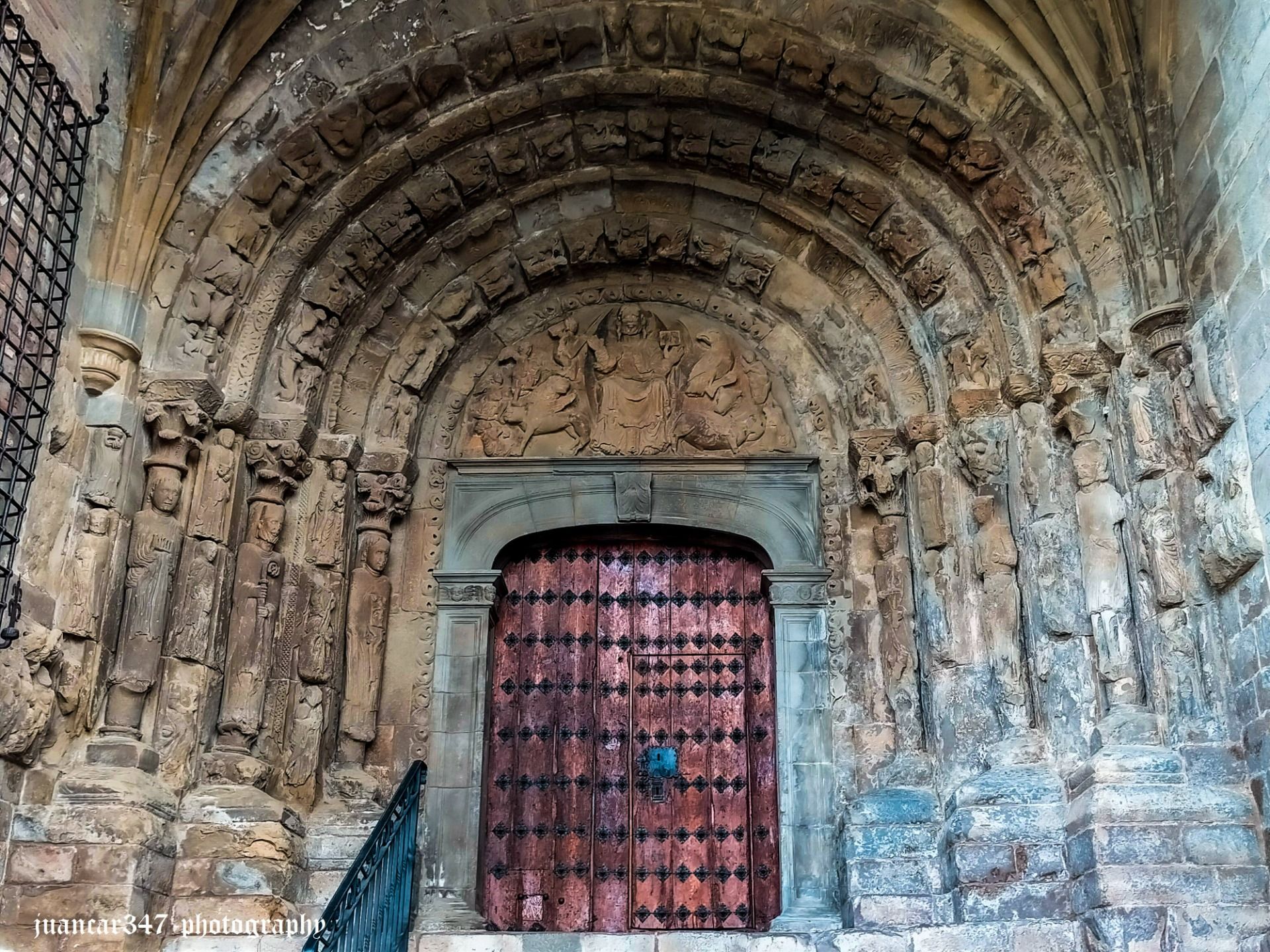
Set during the unfortunate Civil War, ‘La Vaquilla’ (The Heifer) is a fun argument for that purely Cainite heritage that has always characterized a people, the Spanish, capable of the greatest achievements and also, unfortunately, of the crudest of failures, where fratricidal confrontations were a constant throughout its rich and not always fortunate history.
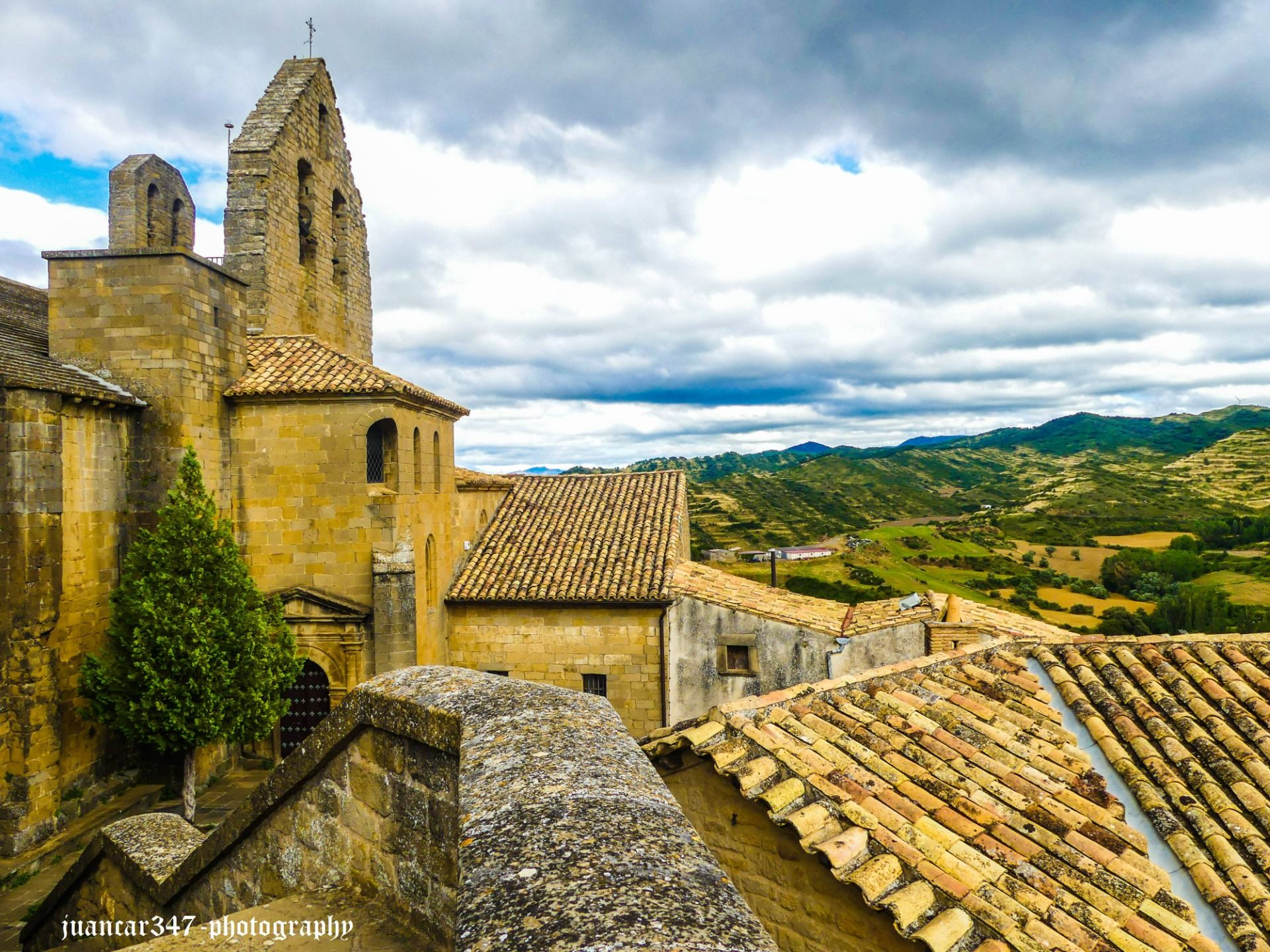
In fact, and despite the inevitable changes that time has produced in this unforgettable setting, some of the places where the main scenes of the film took place are still preserved, such as the barbershop where the infiltrated Republican soldier could have cut the throat of the Nationalist colonel - a role played by the actor Agustín González, the sculpture of whose chair, together with that of another well-known actor, Adolfo Marsillac, are preserved above the monument to Berlanga - and which today is the small Health Center of the town, located a few meters from the main square and the arcades of the Three Crowns Hostel.
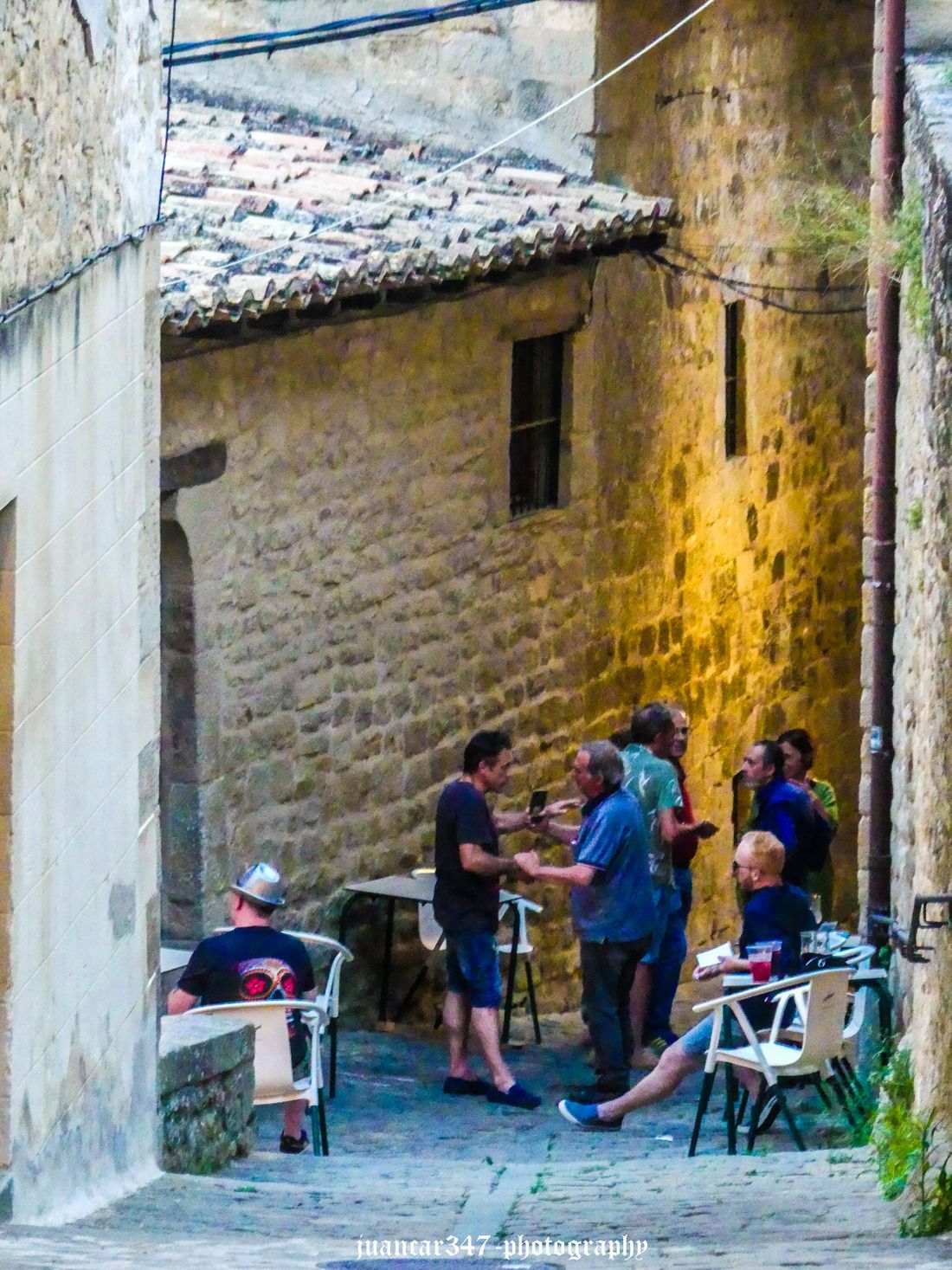
Apart from the hermitage of Saint Catherine, located outside the town walls, on one side of the main road that leads to Sangüesa, the Romanesque church of Saint Stephan, despite the ugly modifications it has undergone throughout its long history, preserves one of the most fascinating doorways of Spanish Romanesque art, as well as the mark of one of the most enigmatic anonymous masters, but whose prolific work is very present, both in Huesca and in this very particular area of Zaragoza: the so-called Master of Agüero or of San Juan de la Peña.
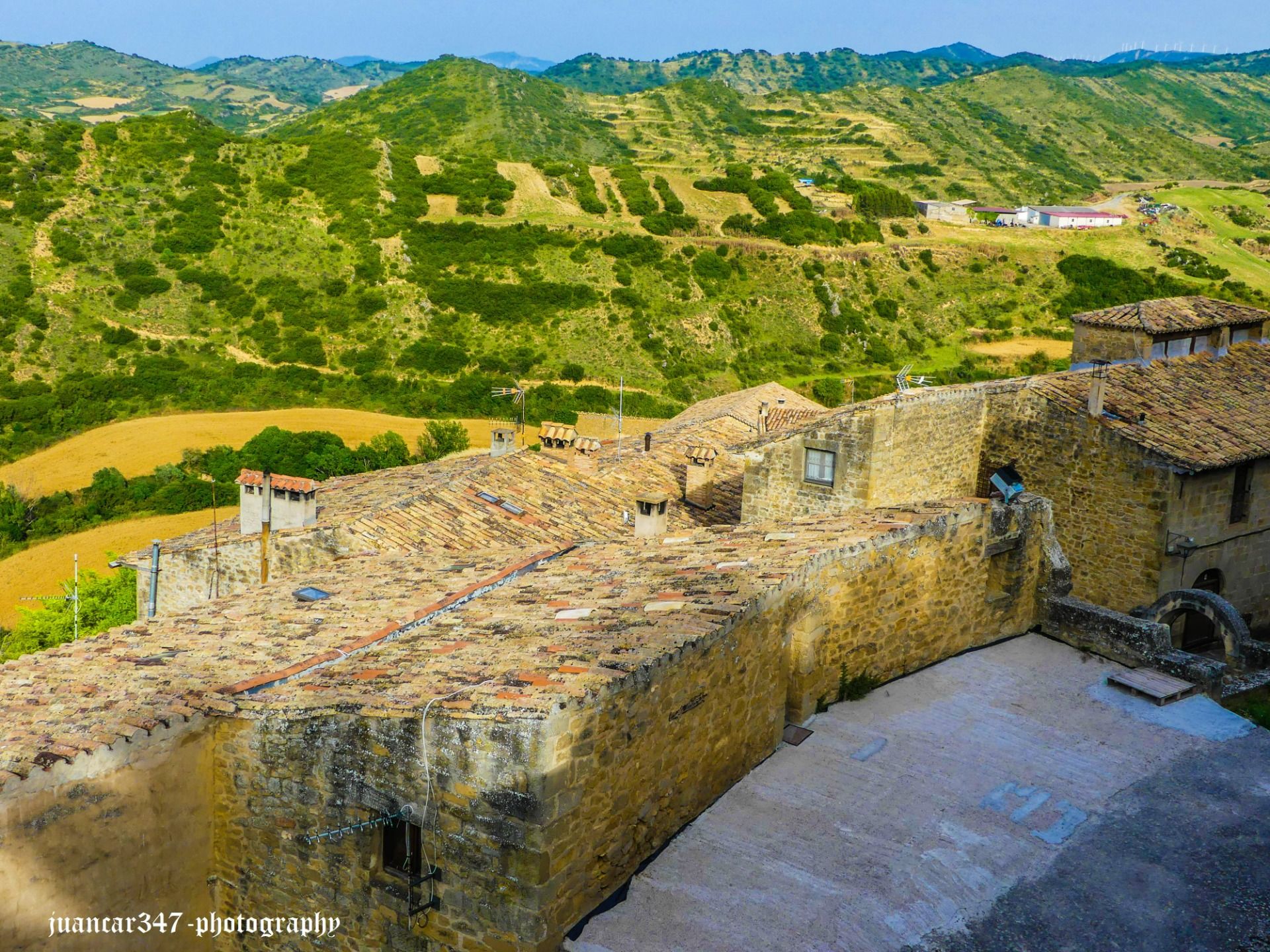
NOTICE: Both the text and the accompanying photographs are my exclusive intellectual property and therefore, are subject to my Copyright.

